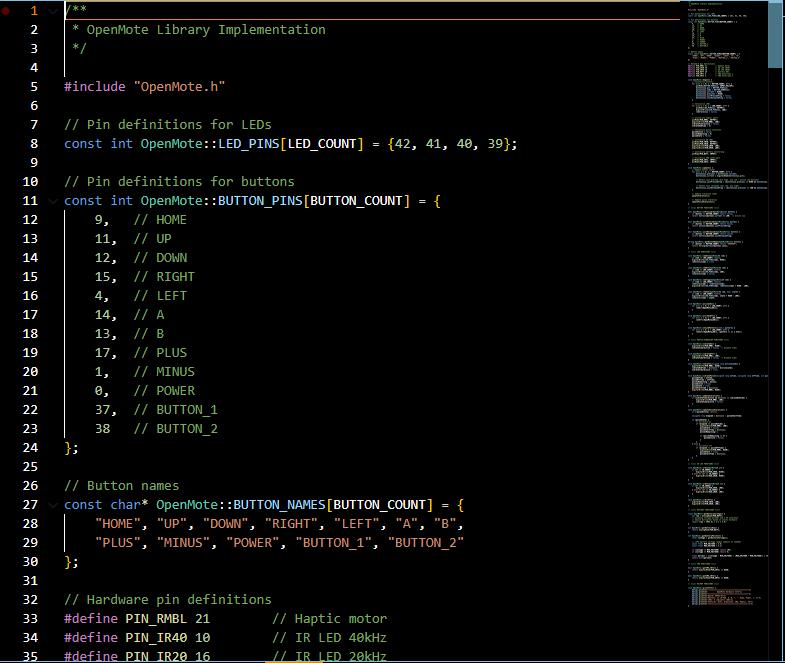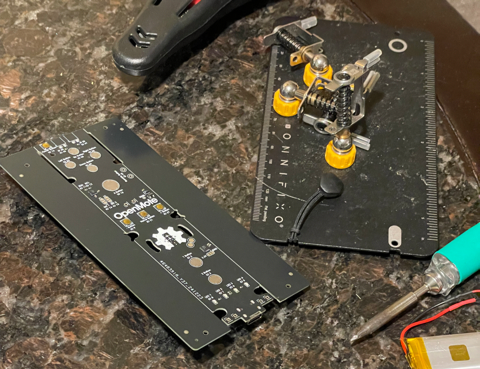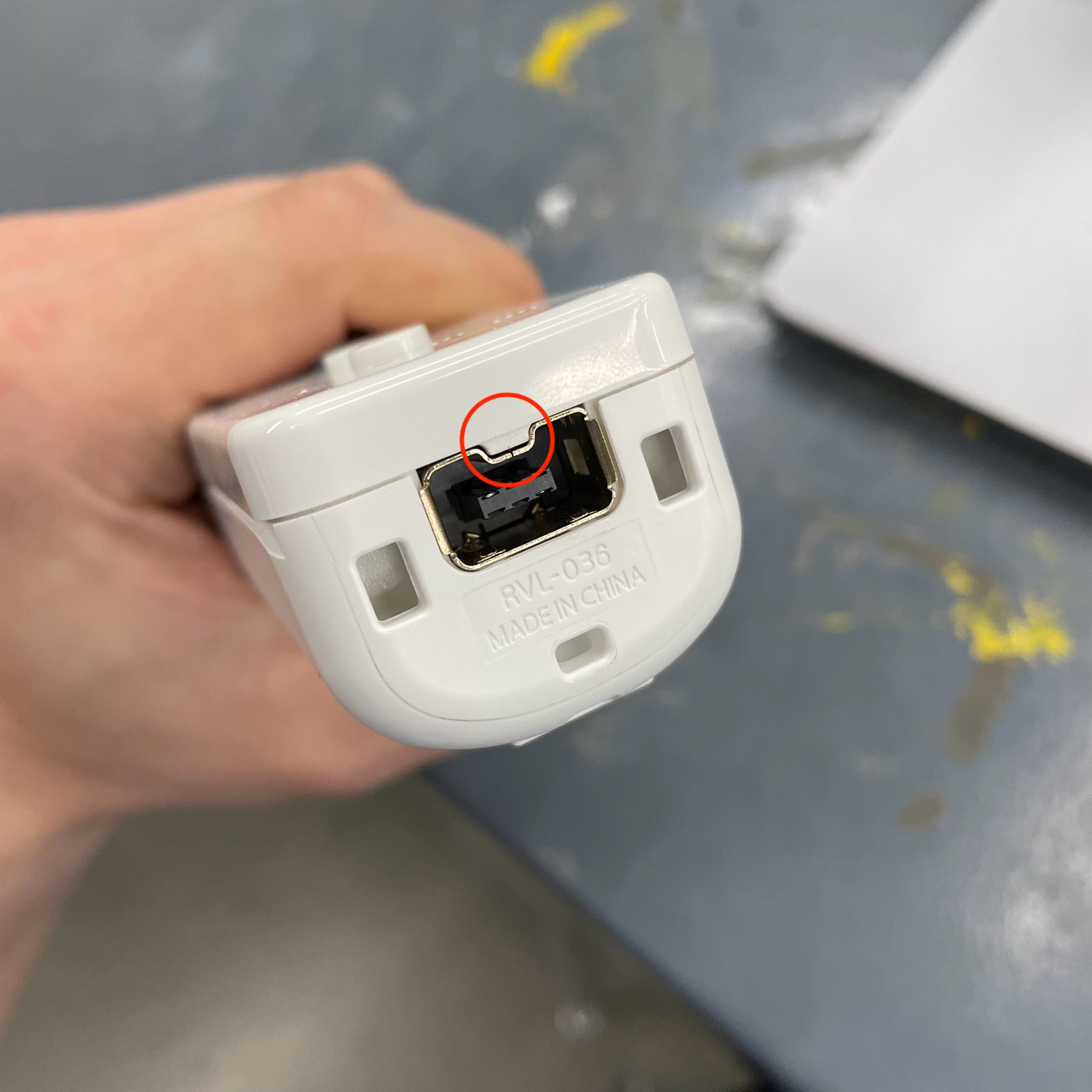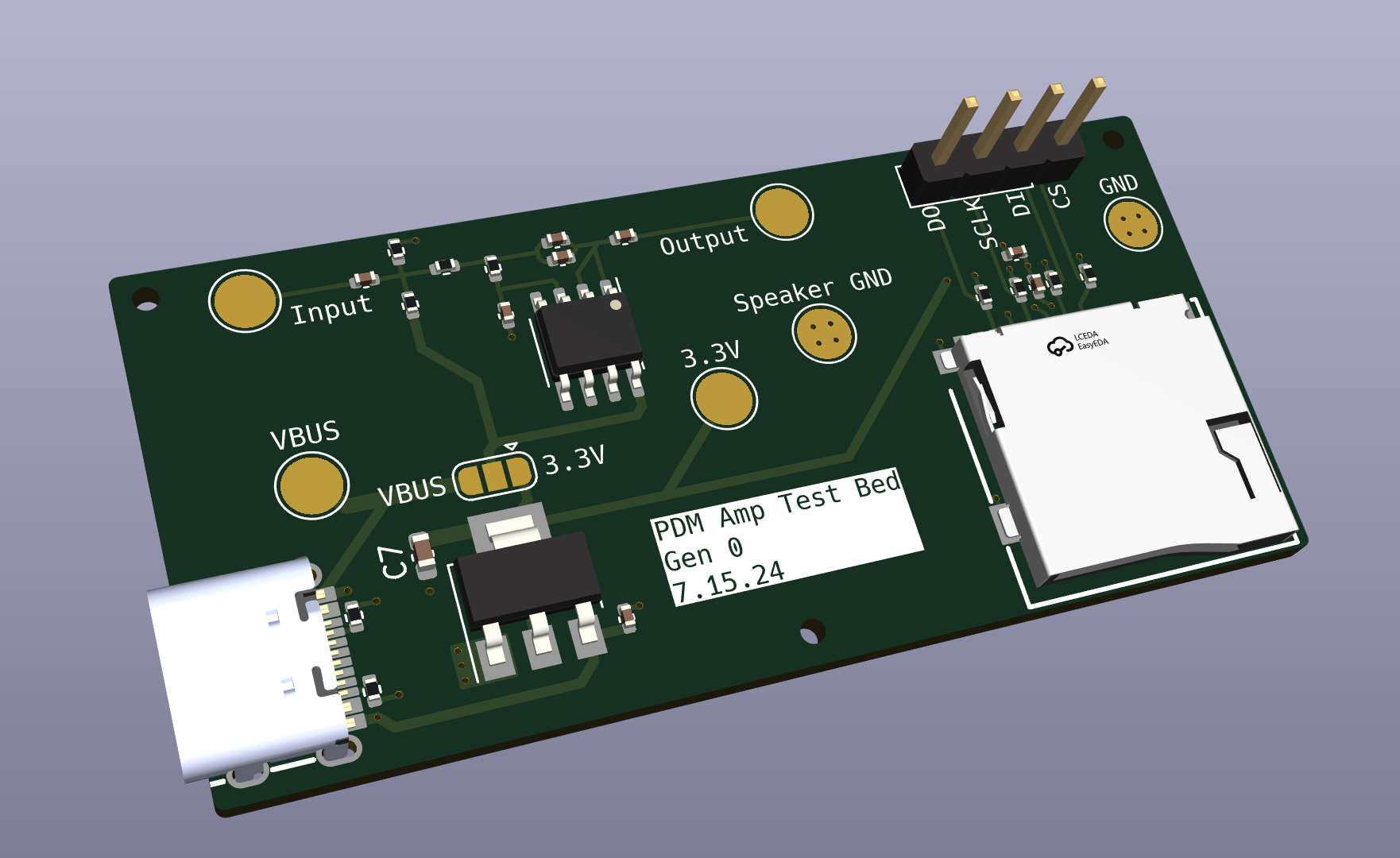Check out the Campaign: https://openmote.io
Old game controllers lying around? Tired of screens taking over? Bring back the glory days of buttons and fun interaction with OpenMote. Designed to be a drop in replacement for your most nostalgic game controller OpenMote empowers you to program and develop a controller for any project you can dream of.
Powered with the popular ESP32-S3 Platform it's armed to the tooth with connectivity solutions and computing. Plus all the old sensors and buttons from your old controllers.
- Bluetooth
- Wifi
- 6 axis IMU
- Haptic Motor
- Speaker
- 12 programmable buttons
- 4 RBG LEDs
- IR LEDs
- Built in battery Charging
- USB-C for Programming and Charging
- Open GPIO to expand to your hearts content
OpenMote brings the joy and excitement back into controlling projects and is a fun way to show off what your working on to your non-technical friends!
 Gangwa Labs
Gangwa Labs


